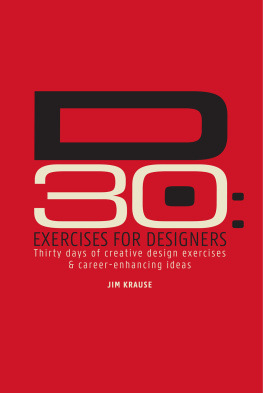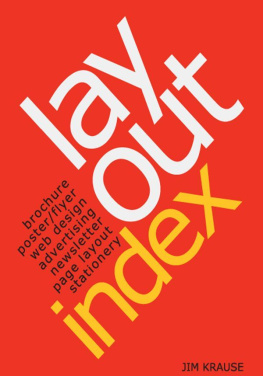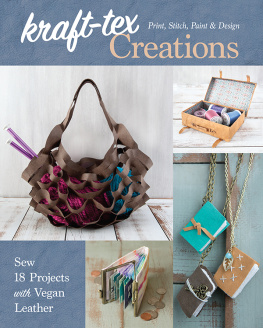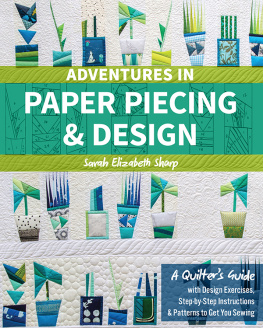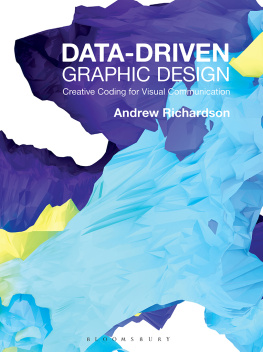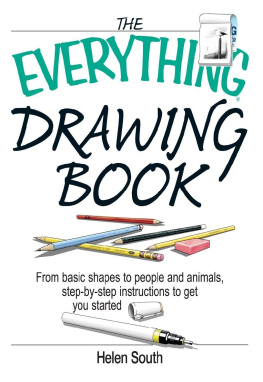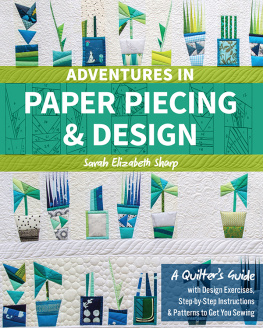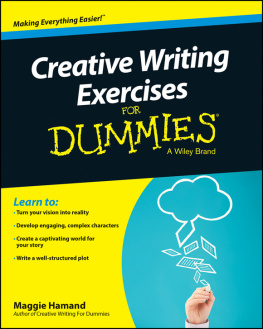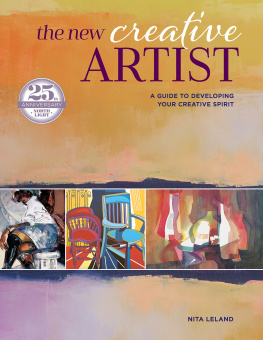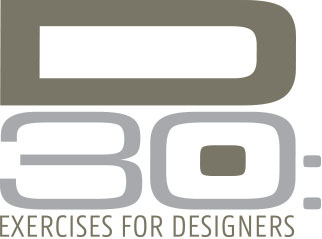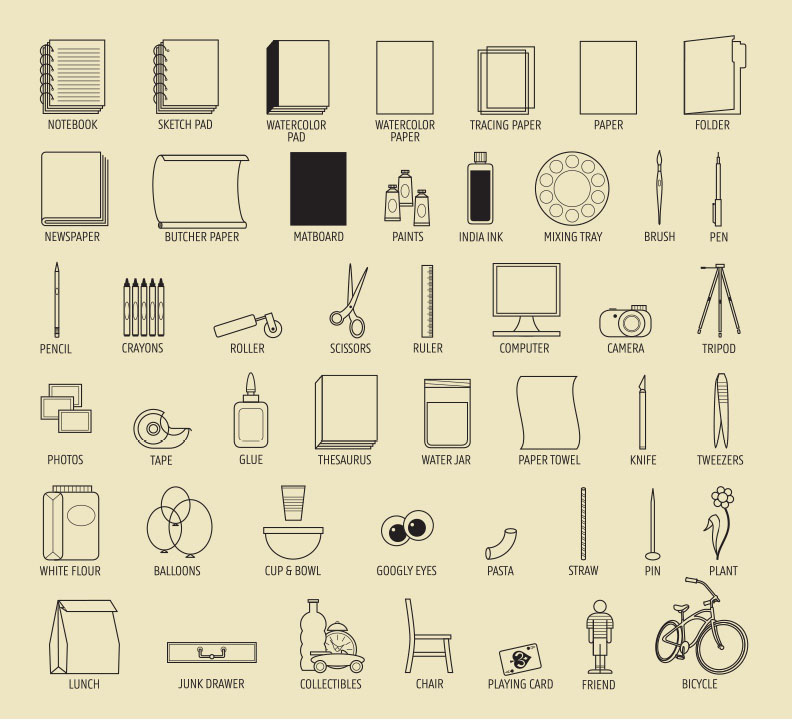Thank you for purchasing this How Design eBook.
Sign up for our newsletter and receive special offers, access to free content, and information on the latest new releases and must-have designing resources! Plus, receive a coupon code to use on your first purchase from MyDesignShop.com for signing up.
or visit us online to sign up at
http://howdesign.com/ebook-promo
INTRODUCTION
Creative exercises for designers and other art-minded people.
Thank you for picking up a copy of my latest book, D30. Its a book that Ive wanted to do for a long time and its one that Im particularly happy with now that its finished.
The books title, by the way, is shorthand for thirty days worth of creative exercises for designers. Do you have to be a designer to use this book? Not at all. Anyone interested in art and creativity could get plenty from this books art, design, drawing, painting, photography and writing exercises. Do you have to complete the books exercises in thirty days? Ha. Are you kiddingwho has that kind of control over their schedule? This book, in spite of the fairly specific nature of its title, makes no demands about who uses it, how it is used, or how quickly it is finished (or even if its finished at all).
The purpose of each project in D30 is the same: to awaken, energize and exercise creative parts of our beings in ways that can be directly applied to both personal and professional creative projects. Another thing that each of the books projects has in common is that they are fun. Take my word for thisI spent the last eighteen months developing and trying out the books exercises myself and I can honestly say that I cant remember a time when Ive had this much fun working for a living. Go ahead: Take a quick look through the books images, and ask yourself, Does this look like fun, or what?
Most of the activities in D30 involve hands-on media like pens, pencils, paints and paper. Be assured that the books emphasis on hands-on tools and materials is not meant to downplay the relevance and the value of digital media. Not by a long shot. In fact, every exercise in the book is designed to boost the readers art sense in ways that can be applied to media of any sort: digital or non. So, why is this books emphasis on non-digital media?
Its simply because we spend more than enough time on both the creating and the receiving end of cyber media in our daily lives, and this book will give you what may well be a much-needed chance to unplug and to re-experience what happens when your brain, eyes, arms, hands, fingers and senses are given the chance to roll up their sleeves (both figuratively and otherwise) and dive into real-world art projects without any sort of digital aids or restrictions. You may be surprised how good this feels, how well it works in teaching and emphasizing art concepts and techniques andvery importantlyhow enjoyable it is.
The look of the book.
D30 is designed in black and white. This is no accidentand it has nothing to do with pinching pennies (though truth be told, it probably did save you more than a few pennies on the books asking price). The reason the book is designed in black and whiteand not in full coloris simple: Colors can be highly influential, and because D30 is designed to inspire far more than it is to influence, its images are presented in monochrome so that you will be all the more inclined to use colors of your choosing when working on the books projects.
Tips and some words of advice.
Before beginning any of D30s activities, read the projects instructions from start to finish. This should only take a few minutes and it will inform you about what youll be doing (and when) and will help you avoid running into delays and dead ends as you work.
There is an advantage to doing the books exercises in order, since some of the earlier exercises contain elements that relate to later ones. If youd rather skip around and do things non-numerically, that would be okay, too, but still make a point of beginning with Activity #1 since this project is specifically designed to precede all the others.
Think of the outcome of each of the books activities as a beginning rather than an end. Look at everything you create and think, What could I do with what Ive learned here? How could this be applied to my own projects? Where could I take this and how far could I go?
Feel free to depart from the books instructions and samples whenever the mood strikes: No bonus points are being awarded for following this books instructions to the letter.
D30 has a web resource: www.JimKrauseDesign.com/D30. A few digital samples are posted there, as is late-breaking news regarding the books content.
Thanks again for choosing D30. I would love to hear from you and see samples of what you create through the books exercisestheres a contact link at the above web address.
Jim Krause
SUPPLIES
Not all of the supplies shown will be needed for this books projects, and many of the must-have supplies will be easily found around your home or office. Other essentials (mentioned ahead) can be purchased at an art store, an office supply store or an online outlet. To help avoid delays when you turn to new projects, consider collecting most or all of the following supplies before you begin the books activities.
PAPERS
In addition to ordinary letter-size pieces of paper, there are six other kinds of paper that will be used for the books projects. A notebook with ruled pages will be used for pen-and-paper brainstorming activities. A sketch pad will be ideal for drawing projects and for developing thumbnail sketches. Pick up a 5"8" or a 7"10" watercolor pad for the books ink and paint exercises (if you already have larger sheets of watercolor paper, then you could cut pieces from those). Butcher paper will be used for both art projects and to protect work surfaces. Consider also purchasing a letter-size pad of tracing paper for projects that involve developing visuals with pencil.

